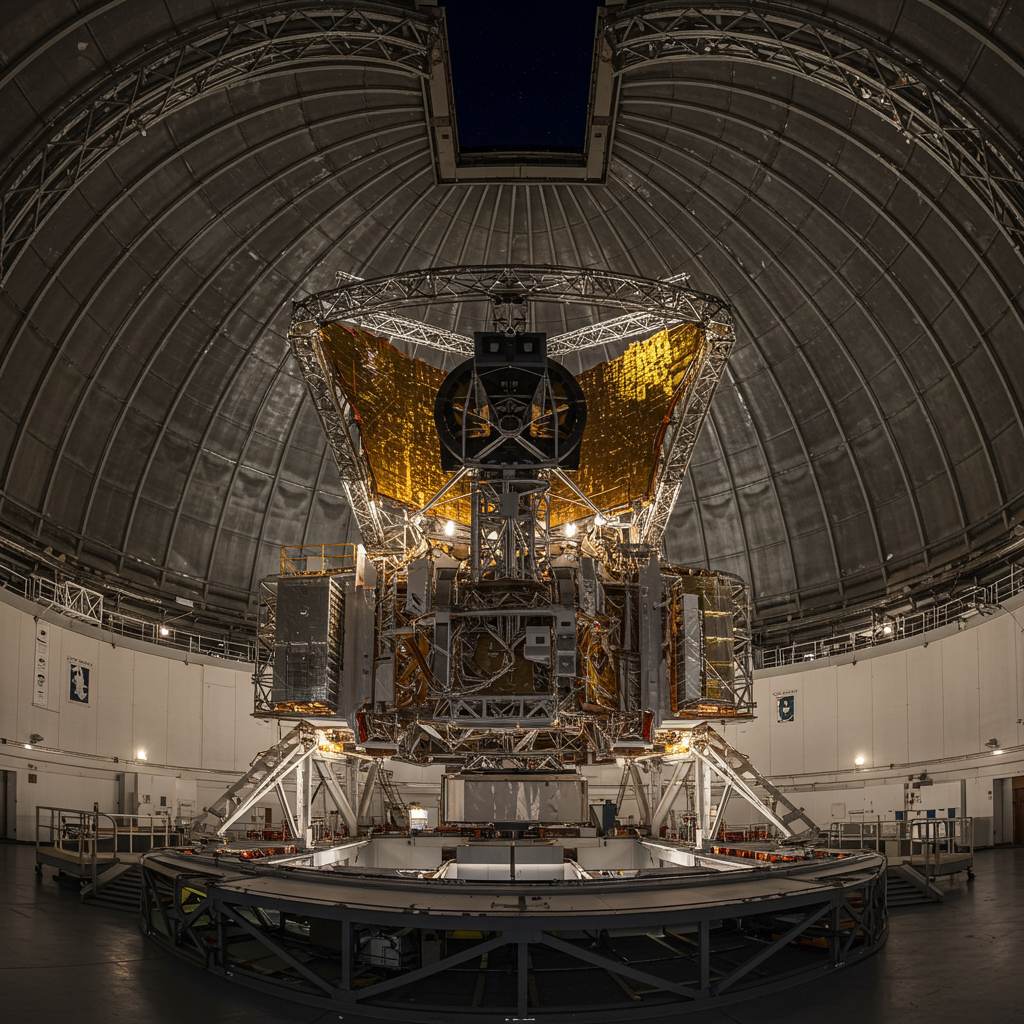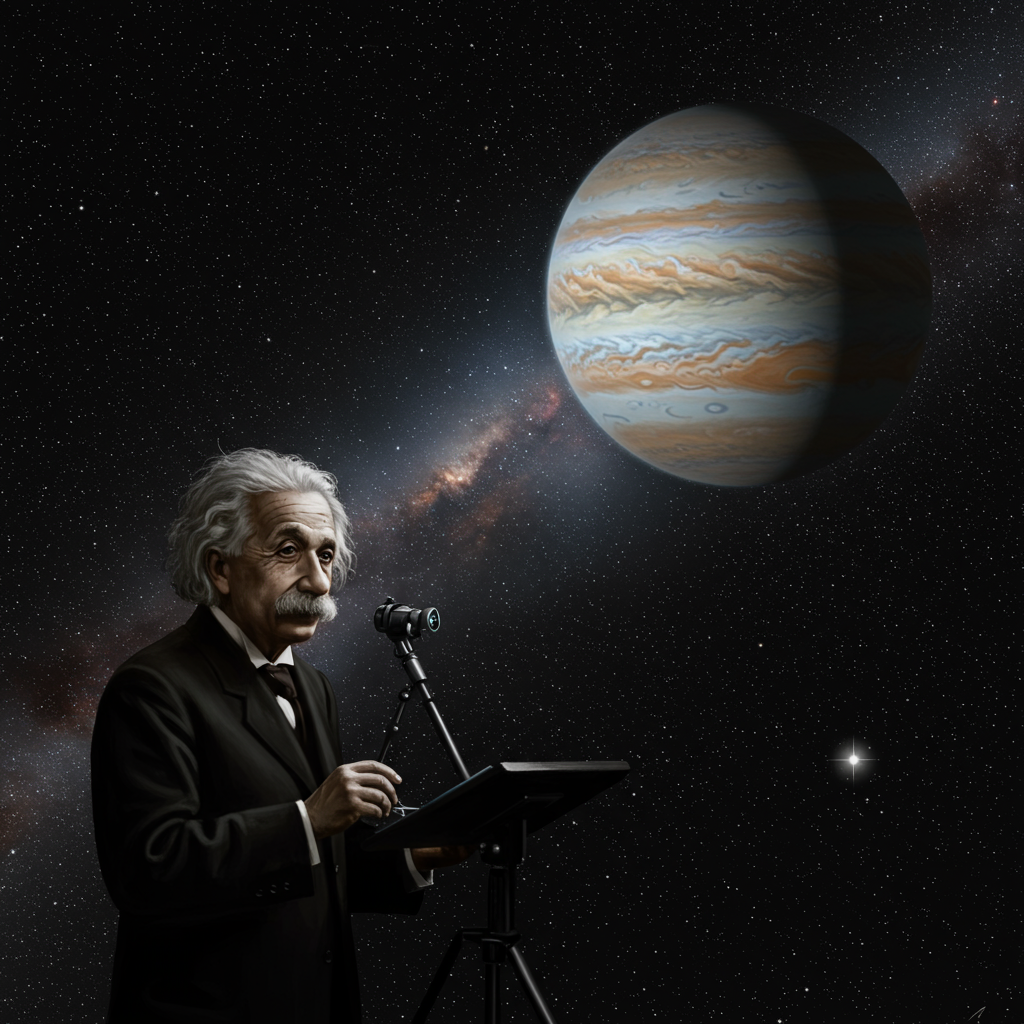High atop a remote mountain in Chile, within the dome of the Vera C. Rubin Observatory, a revolutionary instrument is poised to redefine our view of the universe. It’s the Legacy Survey of Space and Time (LSST) Camera, the world’s largest digital camera, and its impending operation marks a new era in astronomy and astrophysics. The first glimpses from this optical giant are expected to be revealed to the public on June 23rd, offering a preview of the unprecedented cosmic insights to come.
A Technical Marvel: The World’s Largest Digital Eye
More than just large, the LSST Camera is a technical marvel. Its centerpiece is a massive 1.57-meter lens, so large it holds a Guinness World Record. Behind this colossal lens lies a mosaic of 189 highly sensitive CCD sensors, meticulously cooled to -100°C to minimize electronic noise and ensure crystal-clear images.
Each image captured by the 3,200-megapixel camera contains over 3 billion pixels – enough data to fill 400 4K television screens. To put its detail into perspective, it’s capable of spotting a golf ball from 15 miles away. The entire camera structure is substantial, roughly the size of a small car and housed within a 10m x 10m steel cube, with the image sensor assembly alone weighing over 6,000 pounds.
Mapping the Dynamic Universe
What truly sets the Rubin Observatory apart is not just the camera’s size, but its revolutionary survey strategy. Unlike traditional telescopes that often focus on individual targets, Rubin is designed for a relentless, wide, and deep survey of the entire southern sky.
Mounted on the 8.4-meter Simonyi Survey Telescope, the camera will rapidly sweep across vast patches of the sky, each covering about 9.6 square degrees (equivalent to 45 times the area of the full moon or about seven times its diameter). After taking two 15-second exposures, the telescope will quickly reposition itself in just five seconds, ready for the next field. This enables an incredibly fast pace, allowing it to image the entire southern sky visible from Chile approximately every three to four nights.
This unique capability, known as its high étendue (a measure of light-gathering ability combined with field of view), makes it exceptionally efficient at surveying large areas deeply. Over its planned 10-year mission, the LSST will repeatedly observe each section of the southern sky about 800 times, compiling a dynamic “time-lapse movie” of the cosmos.
Unlocking Cosmic Mysteries
The scientific potential of this decade-long survey is immense. By repeatedly mapping the sky, the LSST will capture the universe in motion, tracking changes and transient events with unparalleled detail.
Key scientific goals include:
Probing Dark Matter and Dark Energy: The observatory will create the most detailed map of the universe’s large-scale structure, mapping the distribution of dark matter through weak gravitational lensing – observing how the gravity of invisible matter distorts light from distant galaxies. By studying how this structure evolves over time and analyzing distant supernovae (Type Ia, used as “standard candles”), scientists hope to gain crucial insights into dark energy, the mysterious force accelerating the universe’s expansion.
Cataloging Billions of Celestial Objects: The survey is expected to catalog approximately 40 billion objects, including over 20 billion galaxies.
Discovering Solar System Objects: It will significantly advance our understanding of our own cosmic neighborhood, expected to detect millions of new objects within the solar system, including tracing near-Earth asteroids (aiming to find over 60% of potentially hazardous asteroids larger than 140m), distant Kuiper Belt Objects, and free-floating stars.
Becoming a “Supernova Factory”: By repeatedly scanning the sky, it will be uniquely positioned to detect millions of transient phenomena, including exploding stars (supernovae), variable stars, and quasars, essentially becoming the most prolific detector of cosmic explosions ever built.
Two Decades in the Making
The LSST Camera and the Vera C. Rubin Observatory represent over two decades of planning, engineering, and international collaboration. Concepts for a next-generation sky survey began as early as the 1990s. Significant funding from philanthropists like Charles Simonyi and Bill Gates in the 2000s, followed by substantial investment from the National Science Foundation (NSF) and the Department of Energy (DOE) starting in 2010, brought the ambitious project to fruition.
The camera was engineered and built at SLAC National Accelerator Laboratory in California, requiring immense precision and teamwork to construct and transport to its remote mountaintop home. Its installation on the telescope, completed recently, was a triumph of engineering.
Data Deluge and Global Access
The LSST survey will generate an unprecedented volume of data – approximately 20 terabytes every night, which is vastly more than other major observatories like the James Webb Space Telescope. This data will be rapidly transferred via a high-speed network for processing. Automated algorithms will compare new images to reference maps to quickly identify changes, generating up to 10 million alerts per night about transient events or newly detected objects within just 120 seconds of capture.
Critically, the vast dataset and these alerts will be made publicly available to the global scientific community, fostering a new era of data-driven discovery.
Named in honor of astronomer Vera C. Rubin, whose pioneering work provided strong evidence for the existence of dark matter, the observatory carries forward her legacy. Just as previous large surveys like the Sloan Digital Sky Survey and observations from telescopes like Hubble (which revealed thousands of galaxies in what seemed like empty space) transformed astronomy, the Rubin Observatory’s LSST Camera is poised to push the boundaries of our cosmic understanding, making the universe more visible and potentially revealing entirely new cosmic phenomena. The long-planned vision is now becoming reality as the world’s largest digital eye prepares to stare into the depths of space and time.




